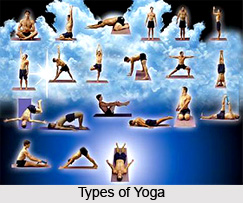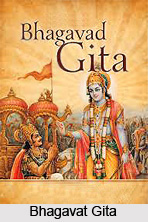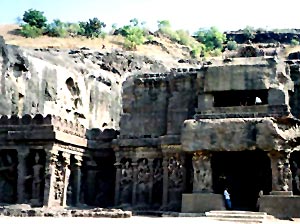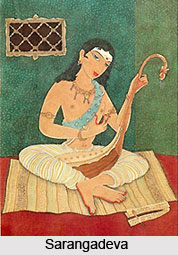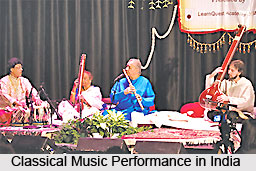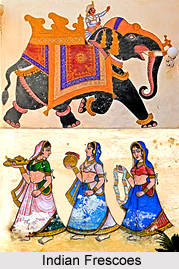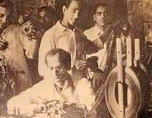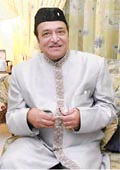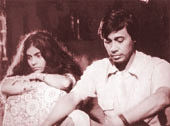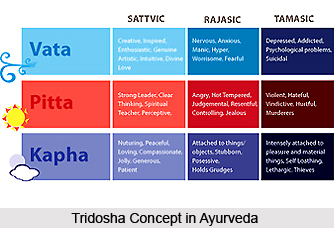 Hockey in India is considered to be one of the most popular games in India. India has earned lot of recognition in all over the world by showing the excellence in the game of hockey. Hockey in India started its journey years back. The British introduced hockey in India in the 19th century. After this there was no looking back. Hockey in India established itself as one of the popular outdoor colonial games.
Hockey in India is considered to be one of the most popular games in India. India has earned lot of recognition in all over the world by showing the excellence in the game of hockey. Hockey in India started its journey years back. The British introduced hockey in India in the 19th century. After this there was no looking back. Hockey in India established itself as one of the popular outdoor colonial games.History of Hockey in India
The first hockey club in India was established in Kolkata in the year 1885-86 and soon more clubs were established in the cities like Mumbai and Punjab. The Hockey association in Bengal, the Bengal Hockey was the first Hockey Association in India and it came into existence in the year 1908. After this, several other Hockey associations were introduced in different Indian States like Mumbai in Maharashtra, Bihar, Odisha and Delhi.
As the game of Hockey increased its popularity in India in a rapid pace and the Indians started to show their excellence in the game, the Indian Hockey team got a chance to play in the Olympic Games in 1928. Making debut in the Olympic Games in Amsterdam, the Indian hockey team stunned the world and clinched its first Olympic gold without conceding a single goal. The all time legendary Indian Hockey player - Dhyan Chand was the star in this great victory of India. After winning Gold in the Olympic Games, 1928, the Indian Hockey team continued its dominance for the next several years. India won six straight Olympic Gold medals from 1928 to 1956 and it also won 24 consecutive matches in Olympic Games, during this period. The period is considered to be the most glorious and golden era in the entire history of Hockey in India.
Indian National Field Hockey Team
 Apart from the Olympic Games, the Indian Hockey team has also shown brilliant performances in several other prestigious tournaments. India has performed extraordinarily in the tournaments like Sultan Azlan Shah Hockey Tournament, Champions Trophy, and World Cup etc. and earned a lot of reputation from the world of Hockey. Apart from the Indian men's Hockey team, the Indian Women's Hockey team has also played brilliantly in various tournaments and earned glory for the country.
Apart from the Olympic Games, the Indian Hockey team has also shown brilliant performances in several other prestigious tournaments. India has performed extraordinarily in the tournaments like Sultan Azlan Shah Hockey Tournament, Champions Trophy, and World Cup etc. and earned a lot of reputation from the world of Hockey. Apart from the Indian men's Hockey team, the Indian Women's Hockey team has also played brilliantly in various tournaments and earned glory for the country.With the establishment of the Indian hockey federation, hockey in India witnessed further development. India has so far produced a large number of legendary Hockey players, who have earned a lot of recognition and reputation in all over the world. The players have shown their talents in various international and regional tournaments and have won the hearts of many Hockey lovers. The players like Dhyan Chand, Adam Sinclair, Adrian D Souza, Ajit Pal Singh, Arjun Halappa,Baljit Singh Dhillon, Bir Bhadur Chettri, Dhanraj Pillay, K. D. Singh, Dilip Tirkey,Leslie Claudius etc, are considered as the all time best Indian Hockey players.
Women Hockey in India
Indian women's national field hockey team is the national women's team representing India in Field Hockey. Captain Suraj Lata Devi led the women hockey team and made a glorious history in the field of hockey. The team members of Indian women hockey team were referred to as the "Assi (Jasjeet) Jaisi Koi Nahi" or the "Golden Girls of Hockey," after the 2004 win. India won bronze medal in the eighth Women's Asia Cup 2013 as they defeated China 3-2 via penalty shootout in the 3rd/4th place play-off played at the National Stadium in Kuala Lumpur.
For more visit the link given below:

